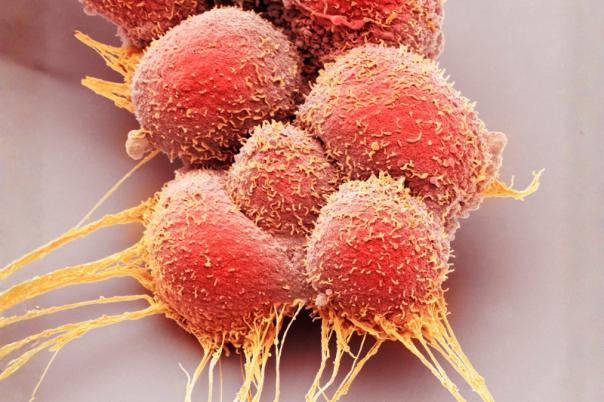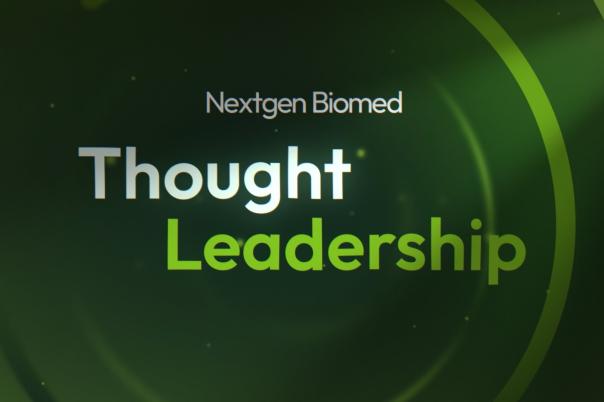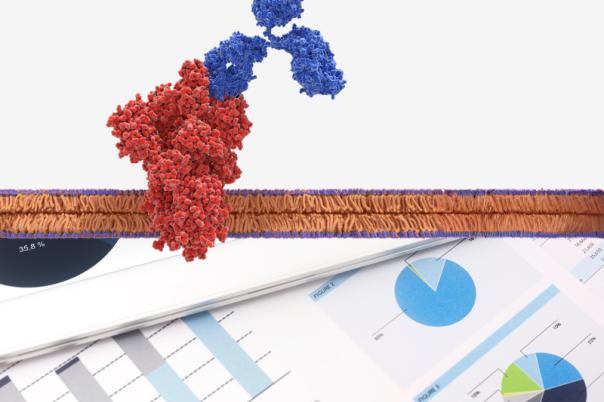Berit Olsen Krogh, a Senior research fellow at Lundbeck, gave us insight into Lunbeck’s expertise in using antibody engineering to potentially treat neuroscience and CNS disorders. Their collaboration with GenMab in 2009 marked the beginning of their biopharmaceutical journey. Acquisitions of companies like Alder and APRILBIO have enhanced Lunbeck’s capabilities. Krogh stressed the need for collaboration to advance therapeutics, she briefly introduced various partners like FairJourney Biologics and the Wyss Institute.
Lundbeck is renowned for its Blood-Brain-Barrier (BBB) shuttle technologies which increase brain exposure to biopharmaceuticals. Krogh explained that AI/ML can assist with candidate selection, optimisation, and structural prediction. Like many companies, they relied on Alphafold2 for structural predictions and multi-parameter optimisation.
It is notoriously complicated to cross the BBB. Olsen Krogh and her team are working on receptor-mediated transcytosis as a means of using a natural mechanism to move antibodies across the BBB into the brain. The first transcytosis mechanism the team focused on was the transferrin receptor-based pathway. They opted for the transferrin receptor because it is widely distributed and spreads well throughout the brain. The VHH format from camelids was used to develop the shuttle because it is a single domain, and it is straightforward to place it at different sites in the selected molecule or add it to molecules that are unconventional antibodies.
In vivo data showed the PK/PD relationship of three different types of shuttle profiles in a human transferrin knock-in mouse. Compared to standard non-shuttle antibodies, there was up to a 50-fold increase in the drug delivered to the brain, depending on the dose. The different shuttle designs showed varying degrees of uptake and retention.
Building on this research, Krogh did a case study examining cyno cross-reactivity. The antibody profiles were selected and grouped into variants. For variant type 1 they observed potent binding to a human transferrin receptor but there was no cyno-cross reactivity. For variant type 2, targets were less potent on human transferrin receptor binding and uptake but there was some cyno-cross reactivity. So variant 2 showed potential for further development if binding could be improved.
Machine learning (ML) and AI-driven antibody engineering are integral to Lundbeck’s approach. Using ML models trained on 300 antibody variants, they optimised binding affinity and species cross-reactivity, particularly for human and cynomolgus monkey transferrin receptors. AI tools such as AlphaFold2 were used to predict antibody structures, guiding the selection of candidates with superior properties.
Krogh also revisited a past challenge with an anti-Tau antibody that failed in affinity maturation due to its unique binding mechanism. Structural modelling confirmed its complexity, demonstrating that modern AI tools, while unable to resolve the issue, would have predicted engineering difficulties upfront, saving valuable research time.
There is continuous development of new technology and methodologies to improve drug delivery and efficacy. Lundbeck’s AI-driven strategies, external collaborations, and BBB shuttle advancements position them as trailblazers in biotherapeutics for neurological disorders.





